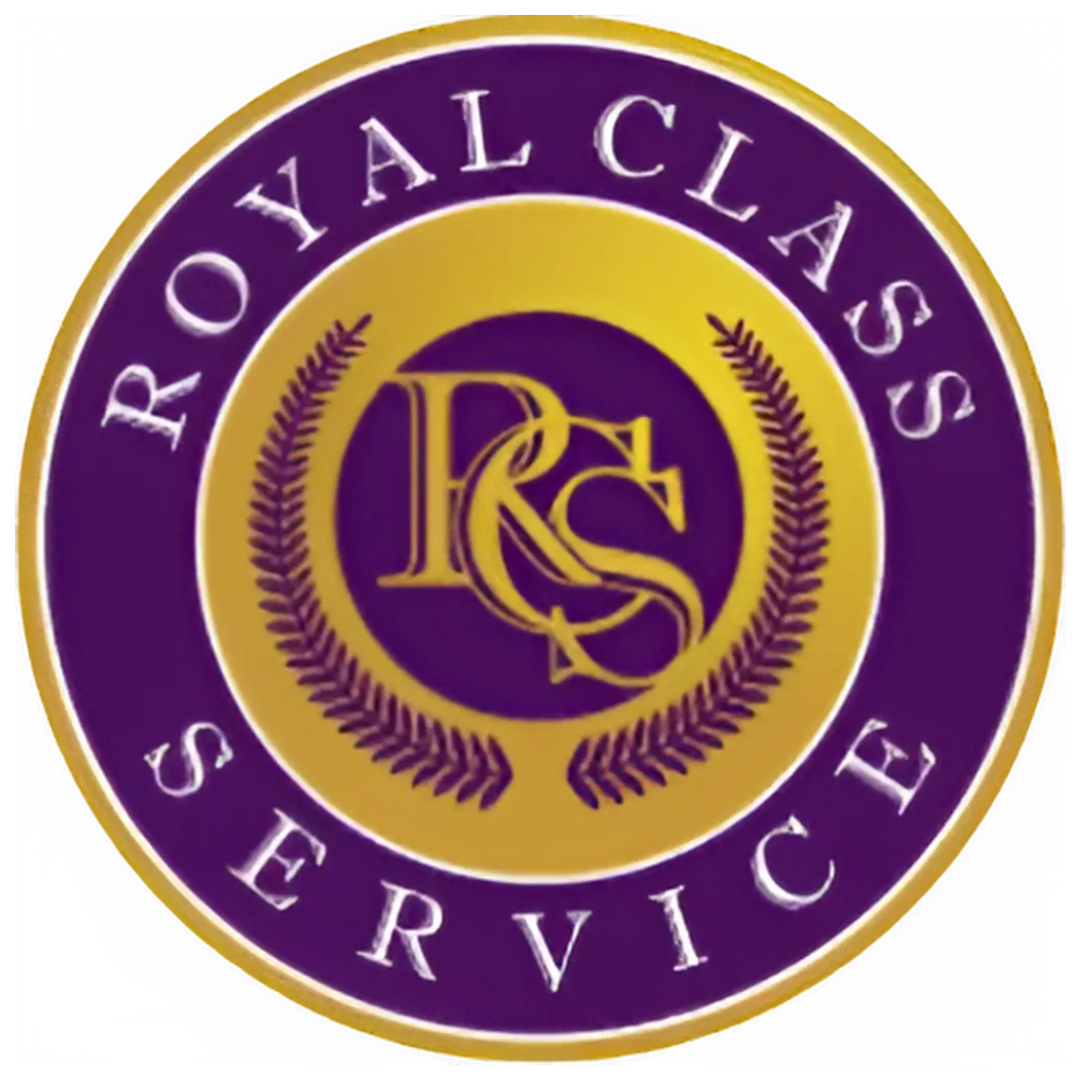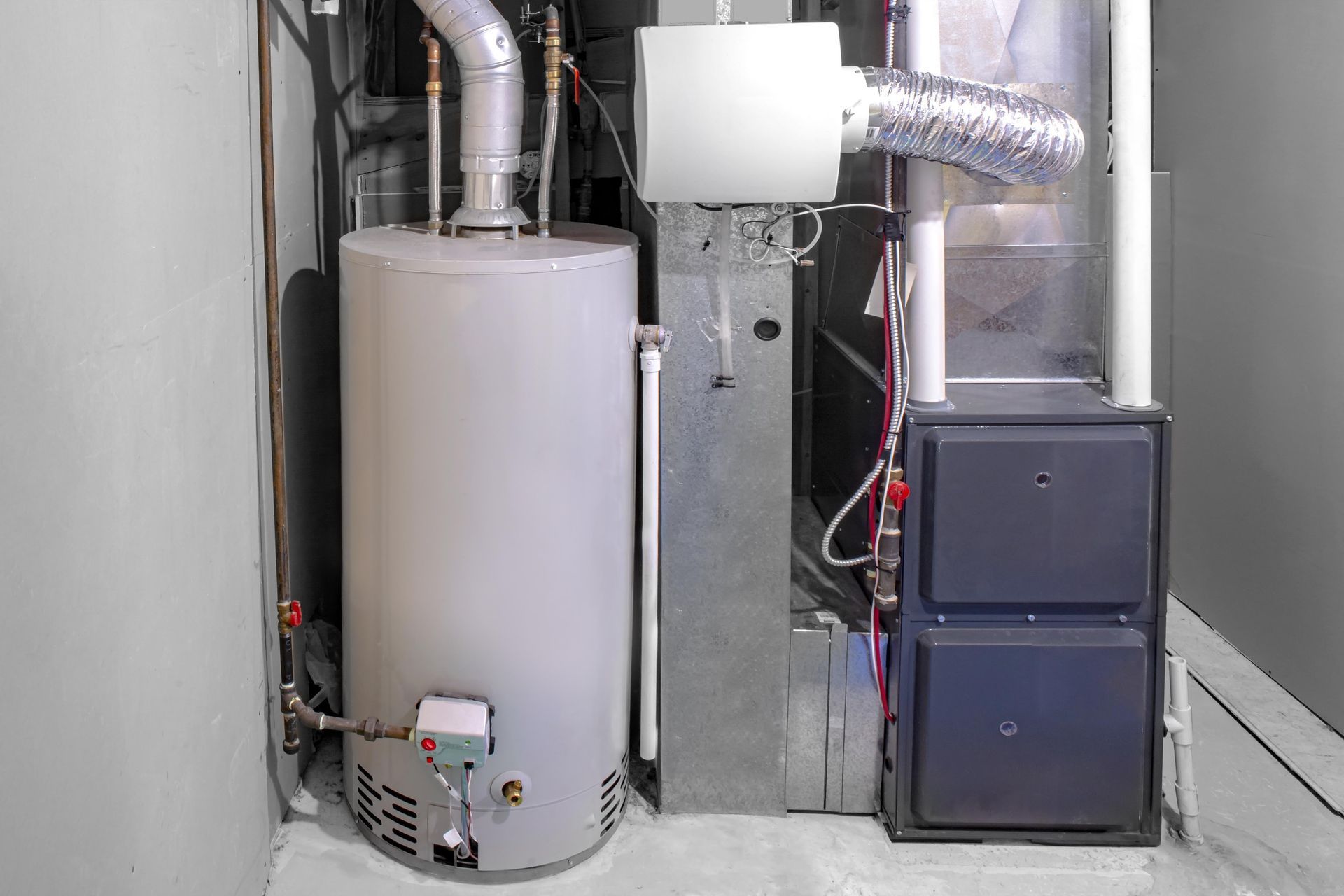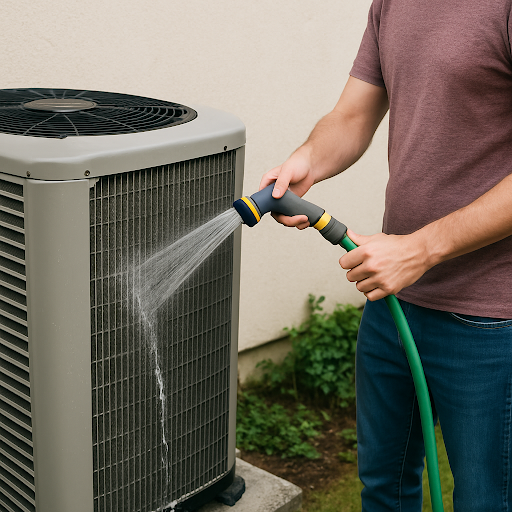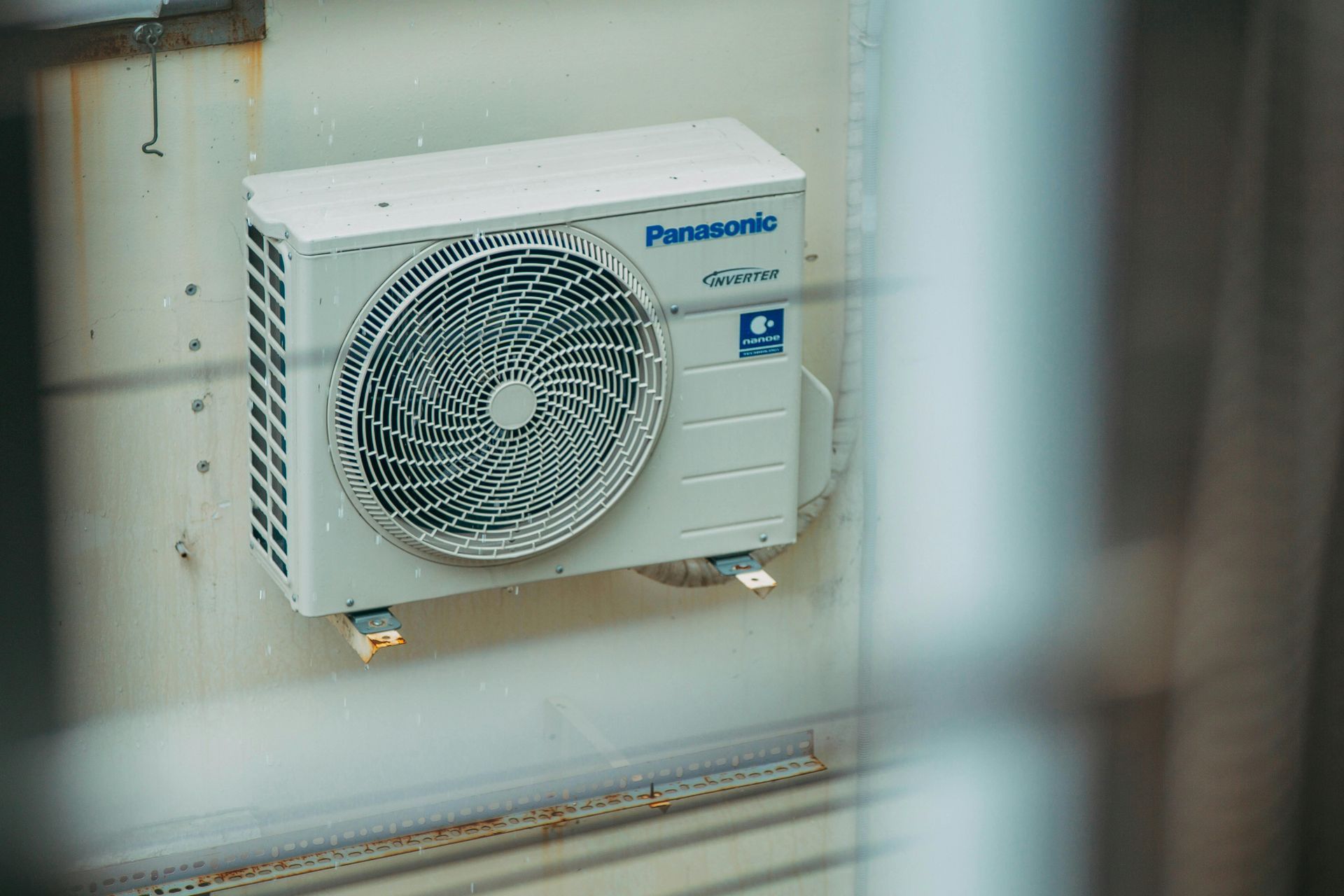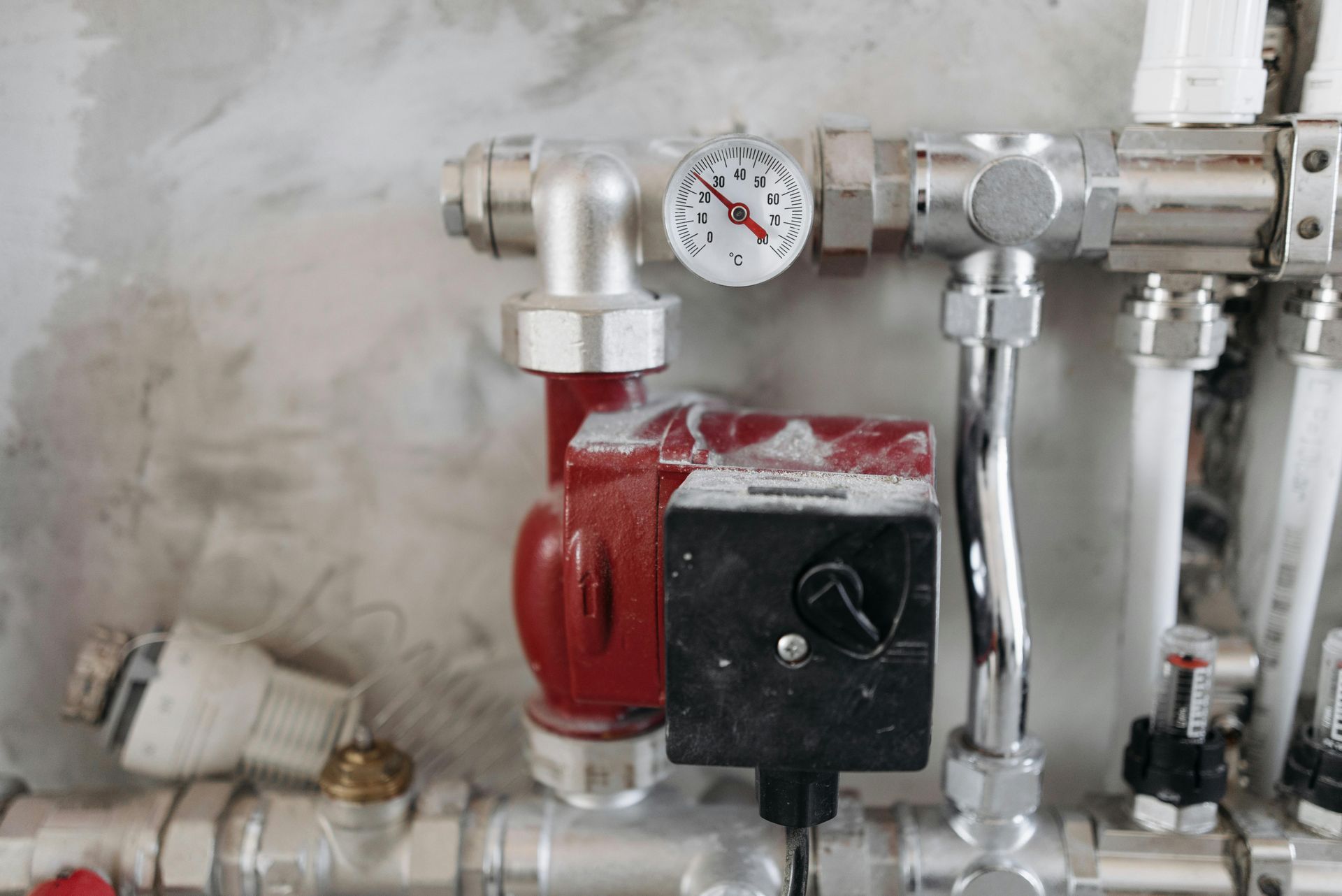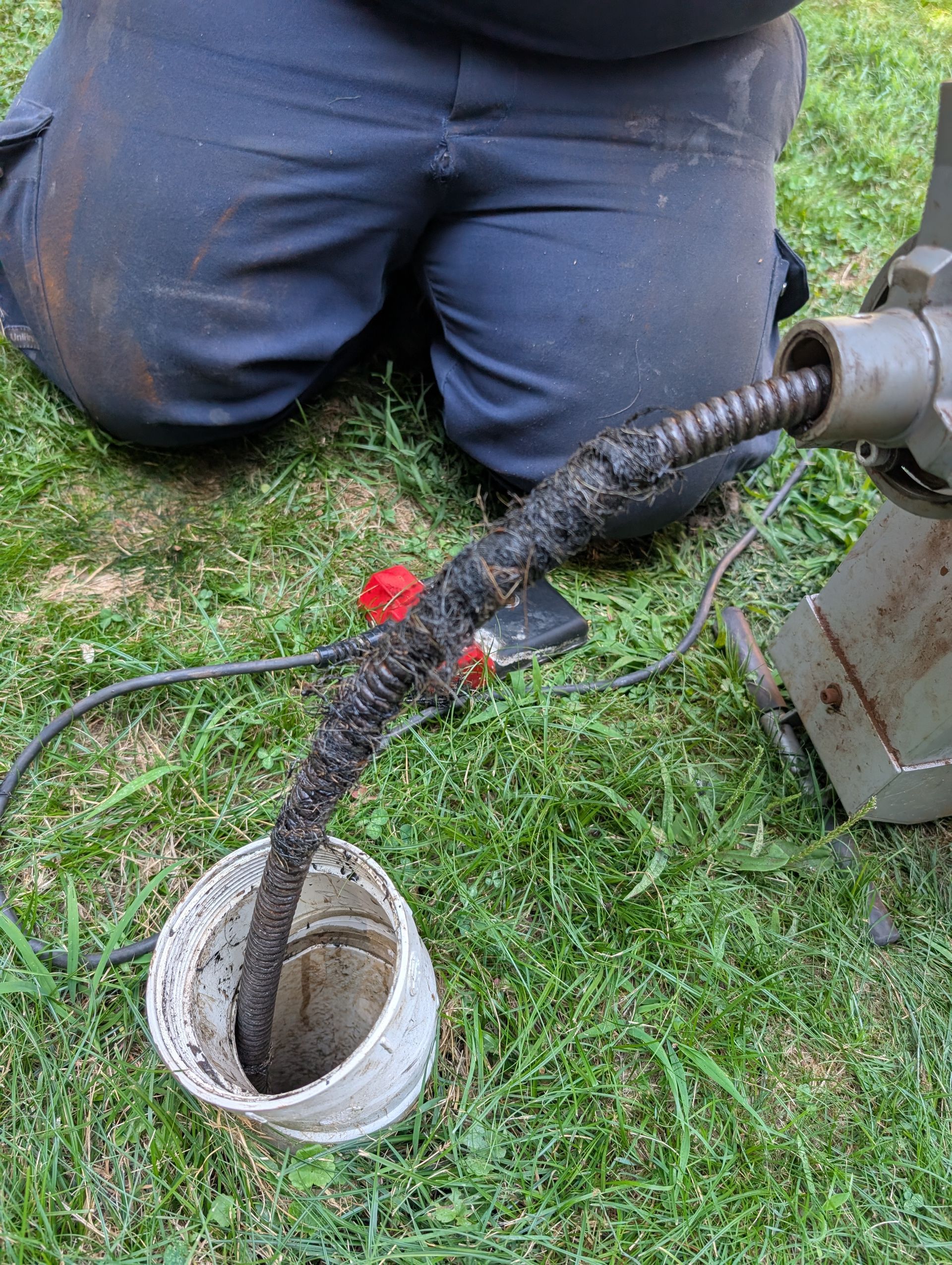How to Improve Indoor Air Quality: 10 Proven Methods for Healthier Air
We spend up to 90% of our time indoors, yet the air inside our homes can be two to five times more polluted than the air outside. This invisible threat, known as poor AC & Indoor Air Quality (IAQ), is caused by a mix of pollutants, including dust, pet dander, mold spores, volatile organic compounds (VOCs) from cleaning products and furniture, and even combustion byproducts.
Poor IAQ can lead to a host of health issues, from minor irritations like headaches and fatigue to more serious respiratory problems. The good news is that you have the power to transform your home environment. Learning how to improve indoor air quality is a vital step toward a healthier, more comfortable life.
10 Proven Methods for Healthier Indoor Air
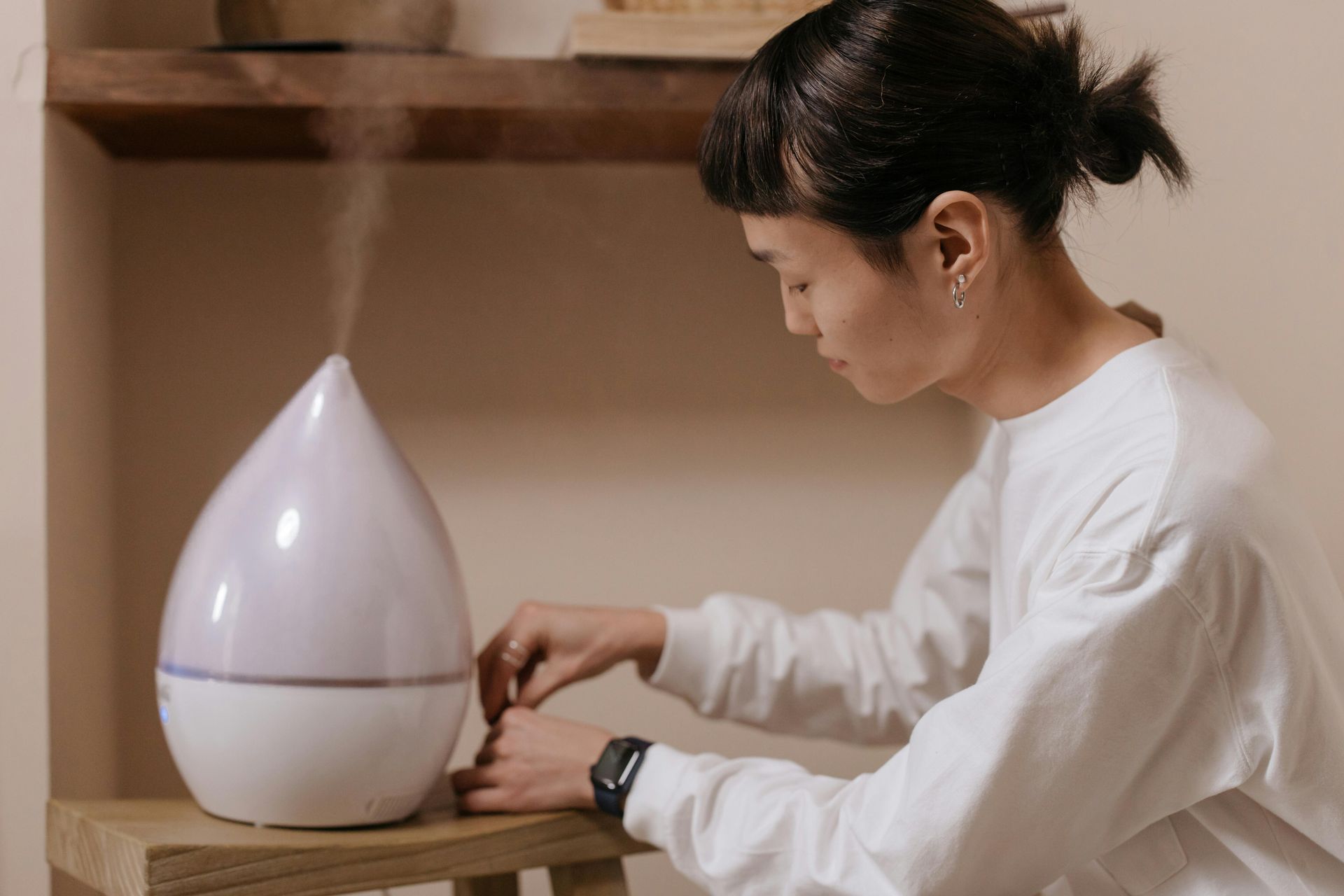
Improving your home's IAQ is a multi-faceted effort that involves maintenance, cleaning, and strategic upgrades to your HVAC system.
HVAC and Filtration Upgrades
- Upgrade Your Air Filter: Ditch the cheap fiberglass filters. Install a high-efficiency filter with a Minimum Efficiency Reporting Value (MERV) rating of 11 or higher. These filters capture smaller particles, including bacteria and pet dander.
- Schedule Regular HVAC Maintenance: A professional AC maintenance tune-up ensures your system is running efficiently and that coils are clean, preventing the circulation of dust and mold spores..
- Install a Whole-Home Air Purifier: Consider an advanced system like a UV light air purifier, which is installed directly into your ductwork to neutralize airborne pathogens, mold, and bacteria as air passes through.
- Control Humidity Levels: Use a whole-home humidifier in the winter and a dehumidifier in the summer to keep humidity between 40% and 60%. This range inhibits the growth of mold, mildew, and dust mites.
Ventilation and Source Control
- Increase Ventilation: Open windows and doors for a few minutes each day to exchange stale indoor air with fresh outdoor air. Use exhaust fans in kitchens and bathrooms to vent moisture and cooking fumes outside.
- Use Low-VOC Products: Choose cleaning supplies, paints, and furniture that are labeled "low-VOC" (Volatile Organic Compounds) to reduce the release of harmful chemicals into your air.
- Ban Indoor Smoking: Smoking indoors is one of the most significant sources of indoor air pollution.
Cleaning and Maintenance Practices
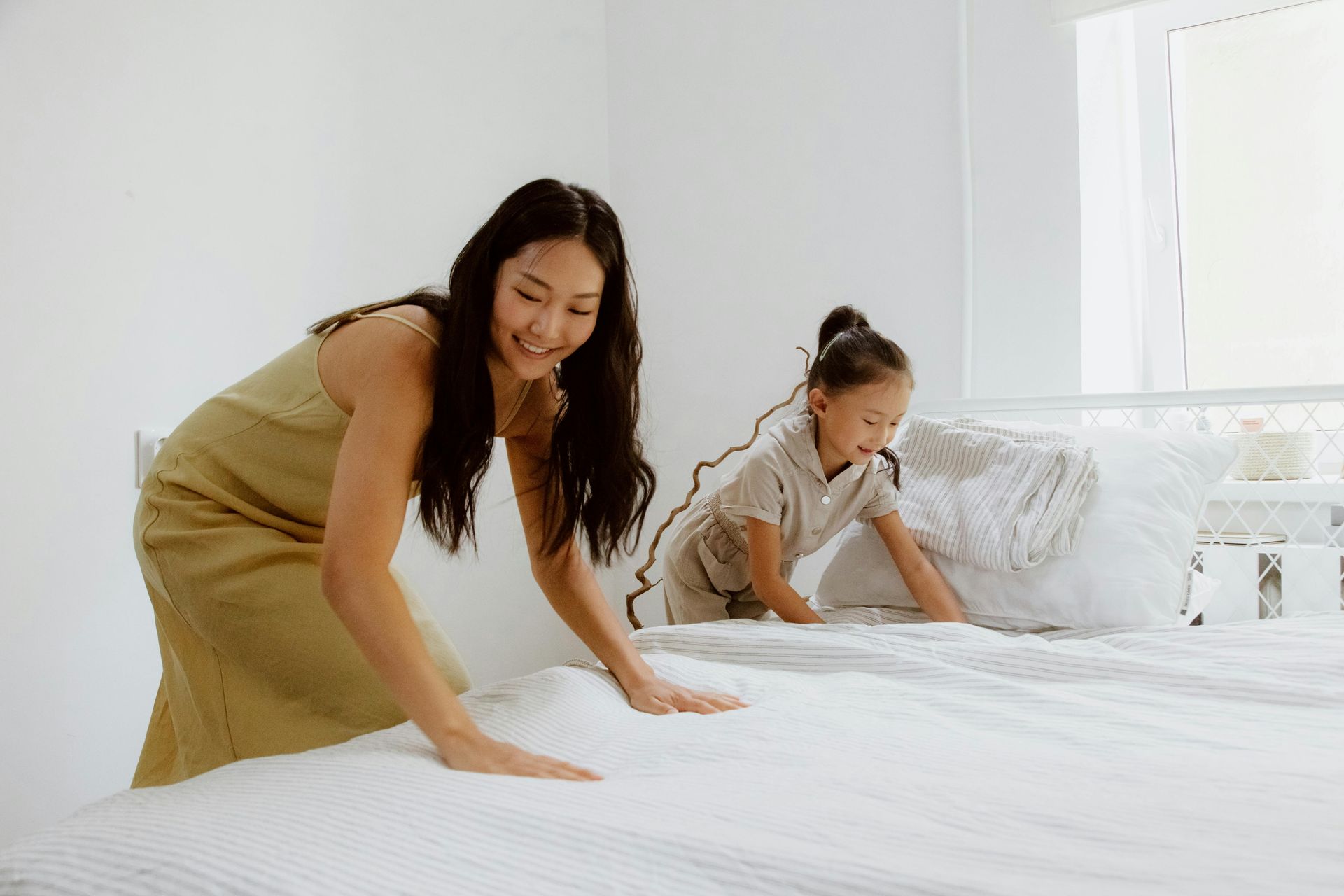
- Clean Regularly and Thoroughly: Dust and vacuum at least once a week. Use a vacuum cleaner with a HEPA filter to ensure that the particles you pick up are not simply blown back into the air.
- Wash Bedding Frequently: Dust mites thrive in bedding. Wash sheets, pillowcases, and blankets in hot water weekly to eliminate them.
- Groom Pets Often: Regular brushing and bathing of pets can significantly reduce the amount of dander and hair circulating in your home.
The Royal Class Service Path to Pure Air
While simple cleaning habits go a long way, the most impactful improvements to your indoor air quality come from optimizing your home's central heating and cooling system.
At Royal Class Service, we are experts in creating healthier home environments. We offer a full range of IAQ solutions, from high-efficiency filtration and UV light systems to whole-home humidifiers and dehumidifiers. Don't settle for air that is making you sick.
Contact us today for a comprehensive indoor air quality assessment and let us help you breathe easier with the royal treatment.
